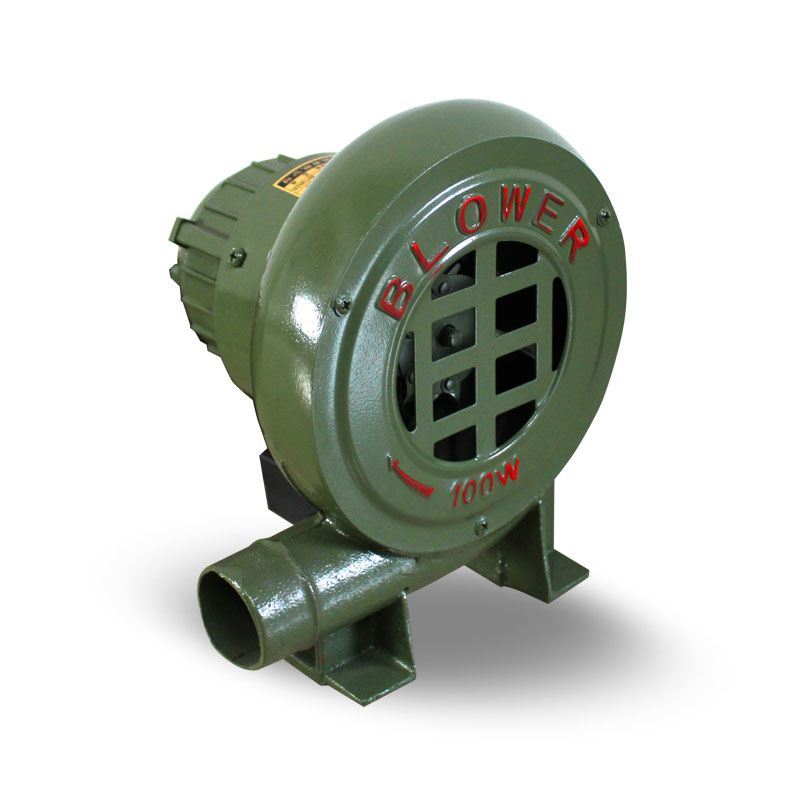1. Before starting the medium pressure fan, the following preparations should be made:
1) Close the inlet valve or outlet valve.
2) Check the integrity of each part, whether the rotating part and the fixed part are scratched, etc.
3) No one is allowed to stand within 10 meters from the direction of the air inlet and outlet.
4) All transmission parts, such as pulleys or couplings, are not allowed to be exposed, and a protective net cover (provided by the user) should be added.
5) It is strictly forbidden for children to play on the scene, and people with slow movements, such as the elderly and the disabled, are strictly forbidden to watch.
2. When the fan starts to reach the normal speed, always check whether the bearing temperature is normal. If the fan is found to have abnormal phenomena such as severe vibration, impact, rapid rise in bearing temperature, and sudden increase in noise, it must be stopped.
3. When the medium-pressure fan is maintained, it must be shut down and cut off before construction.
4. Regularly check the dust, dirt and other impurities inside the fan, and prevent rust.
5. In addition to replacing the lubricating oil (grease) for each disassembly and repair, the lubricating oil (grease) can be replaced according to the actual situation under normal circumstances.
1. The medium pressure fan vibrates severely:
1) The fan shaft is not concentric with the motor shaft.
2) The casing or the air inlet is rubbed against the impeller.
3) The impeller rivet is loose or the impeller is deformed.
4) The impeller shaft disc hole and shaft fit loosely.
5) The coupling parts are loose.
6) Poor installation of pipes.
7) The blades are dusty, dirty or worn seriously.
2. The bearing temperature rise is too high:
1) The bearing housing vibrates severely.
2) The lubricating oil is of poor quality, deterioration, improper grade, and insufficient quantity.
3) The tightening force of the connecting bolts of the bearing box cover and seat is too large or too small.
4) The bearing box is not concentric before and after, and the bearing position is inclined and not concentric.
5) The rolling bearing is damaged or the shaft is bent.
6) Friction between the end cover and the shaft.
3. The motor current is too large or the temperature rise is too high:
1) When driving, the inlet or outlet valve is not closed.
2) The actual operating conditions far exceed the preselected operating conditions.
3) The grid voltage is too low or the phase is missing.
4) Affected by the severe vibration of the bearing housing.
5) The medium contains viscous substances.
6) The dust and hard particles contained in the medium exceed the standard.
